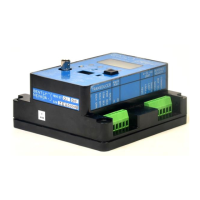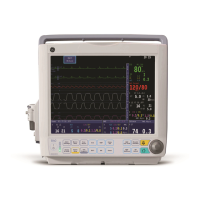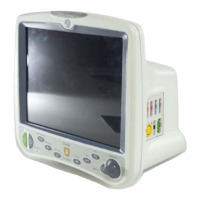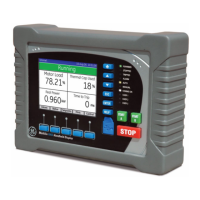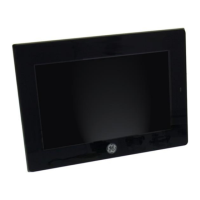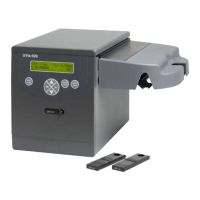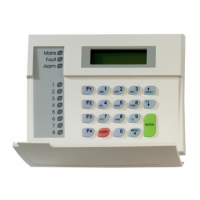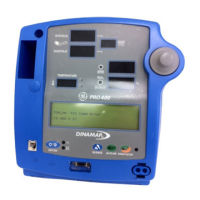
Do you have a question about the GE Bently Nevada 3300/25 and is the answer not in the manual?
| Model | 3300/25 |
|---|---|
| Category | Monitor |
| OK LED | Yes |
| Input Channels | 1 |
| Measurement Type | Vibration |
| Sensor Type | Proximity Probe |
| Output Type | 4-20 mA |
| Power Supply | 18-30 VDC |
| Channels | 1 |
| Alarm LEDs | 2 (Alert, Danger) |
| Relays | 2 (Alert, Danger) |
Standard disclaimer stating information is subject to change without notice.
Statement on responsibility for proper product disposal at end of life.
Describes the primary function of the monitor using accelerometers.
Explains using the monitor with a single transducer input.
Defines OK status, its relation to output, and related LEDs.
Minimizes false alarms due to faulty transducer wiring.
Describes the System OK Relay function on the Power Input Module.
Explains alarm activation, relay contacts, and voting logic.
Describes buffered signals from transducers for external equipment.
Provides a proportional recorder output for each channel.
Describes the three levels of self-test: Cyclic, Power-up, User-invoked.
Explains how error codes are displayed and their meaning.
Details the conditions under which OK LEDs are ON, OFF, or BLINK.
Describes the conditions for the Bypass LEDs being ON, OFF, or BLINK.
Explains the conditions for the Alert LEDs being ON, OFF, or BLINK.
Details the conditions for the Danger LEDs being ON, OFF, or BLINK.
Instructions for removing the filter and expander boards.
Detailed steps for removing the filter board.
Detailed steps for removing the expander board.
Steps for removing the front panel of the monitor.
Instructions for removing the signal input relay module.
Lists and explains various field-programmable options for the monitor.
Details the different transducer input and channel unit options.
Instructions for connecting test instruments for alarm verification.
Procedure to test the alert setpoint level and verify LED indication.
Procedure to test the danger setpoint level and verify LED indication.
Steps to take before bringing the monitor back online after testing.
Steps to set the filter option to 'No Filters' for calibration.
Instructions for connecting test instruments for channel calibration.
Procedure for calibrating the channels using potentiometers.
Steps to prepare the monitor for operation after calibration.
Diagram showing jumper locations on the main board.
Explains how to configure main board options using jumpers.
Explains how to set full scale options and recalibrate the meter.
Steps for programming the monitor with or without filters.
How to choose the filter type by installing/removing jumpers.
Table for setting high-pass filter corner frequencies using jumpers.
Tables for selecting low-pass corner frequencies using jumpers.
Procedure to verify filter settings using a function generator.
Steps for programming the PWA 148921-01 filter board.
Table for setting high-pass frequencies for PWA 148921-01.
Tables for low-pass frequencies for PWA 148921-01.
How to configure band-pass filters for PWA 148921-01.
Procedure to verify filter settings for PWA 148921-01.
Graph showing the response of the integrator/gain circuit.
Formula to calculate buffered output voltage for integrated signals.
How the conversion factor (K) is calculated for meter readings.
